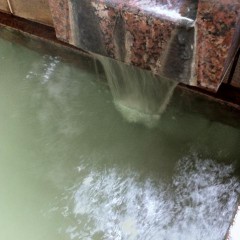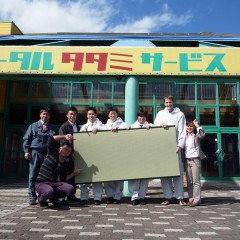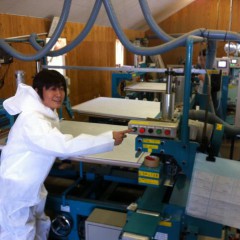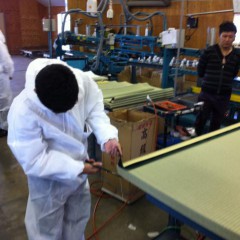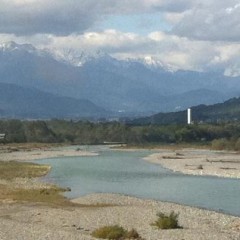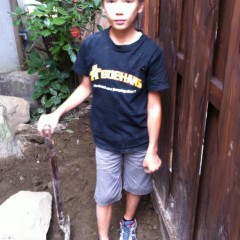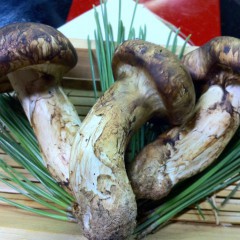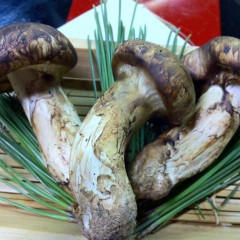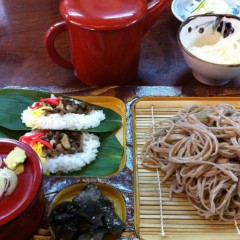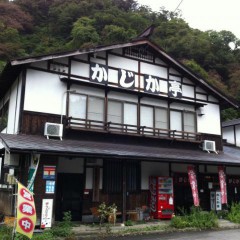この千曲市の代表味噌倉、高村商店に寄ってみたら、今年の仕込んだ味噌がちょうど出始まりました。その記念として、この地域の自慢の姨捨「田毎の月」棚田のお米を使った「棚田」味噌が登場しました。
期間と数量限定ですが、この時期にしか味えないお味噌。
Here in Chikuma City, the biggest miso maker is Takamura Shoten. I stopped by with some guests and was delighted to here that this year's batch of miso was starting to come available. To mark the occasion, they prepared a special batch using rice from the famous moon-reflecting Obasute terraced rice fields (= "tanada"). It is for sale now in "Tanada" label packages.
"Tanada" miso is only available for a limited time and in very limited amounts. But for a taste of this year's new miso, this is a great opportunity.
高村商店のHPはこちら Click here for Takamura Shoten's website.


